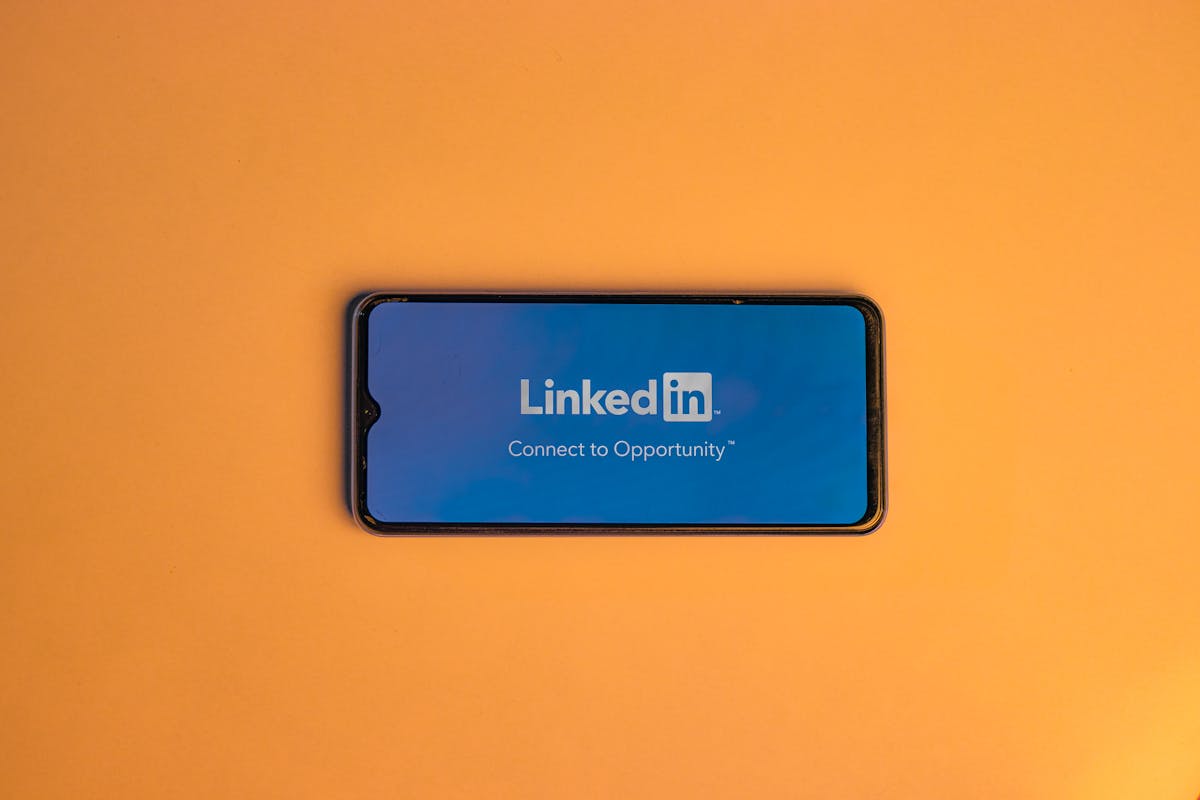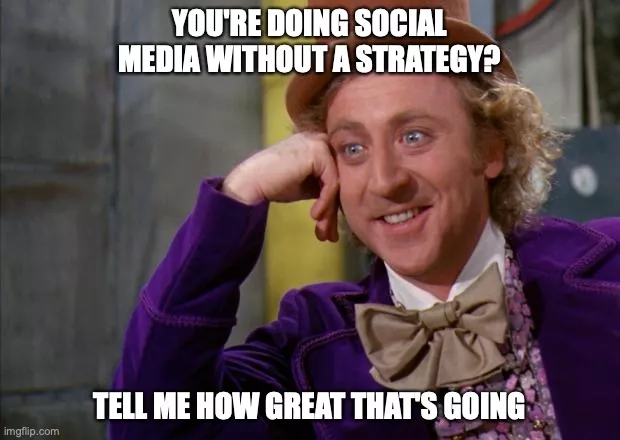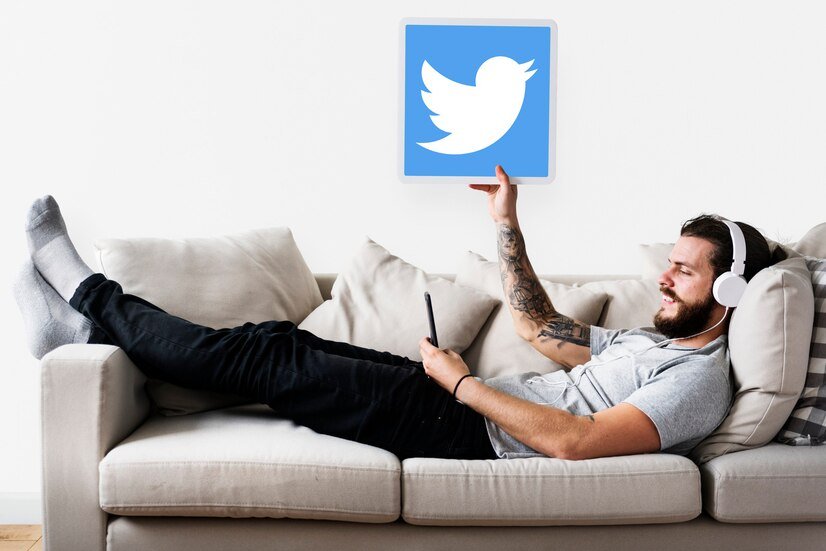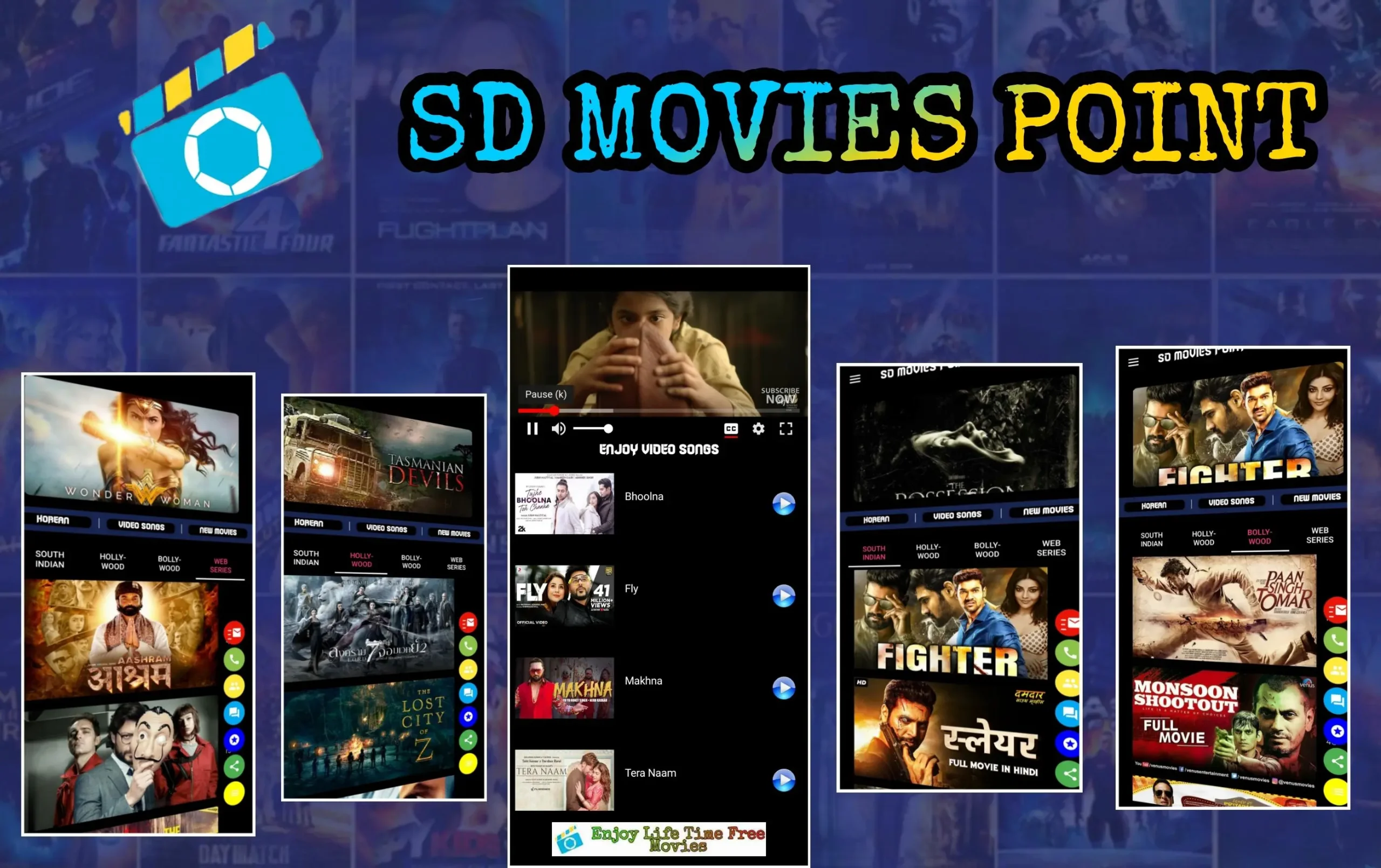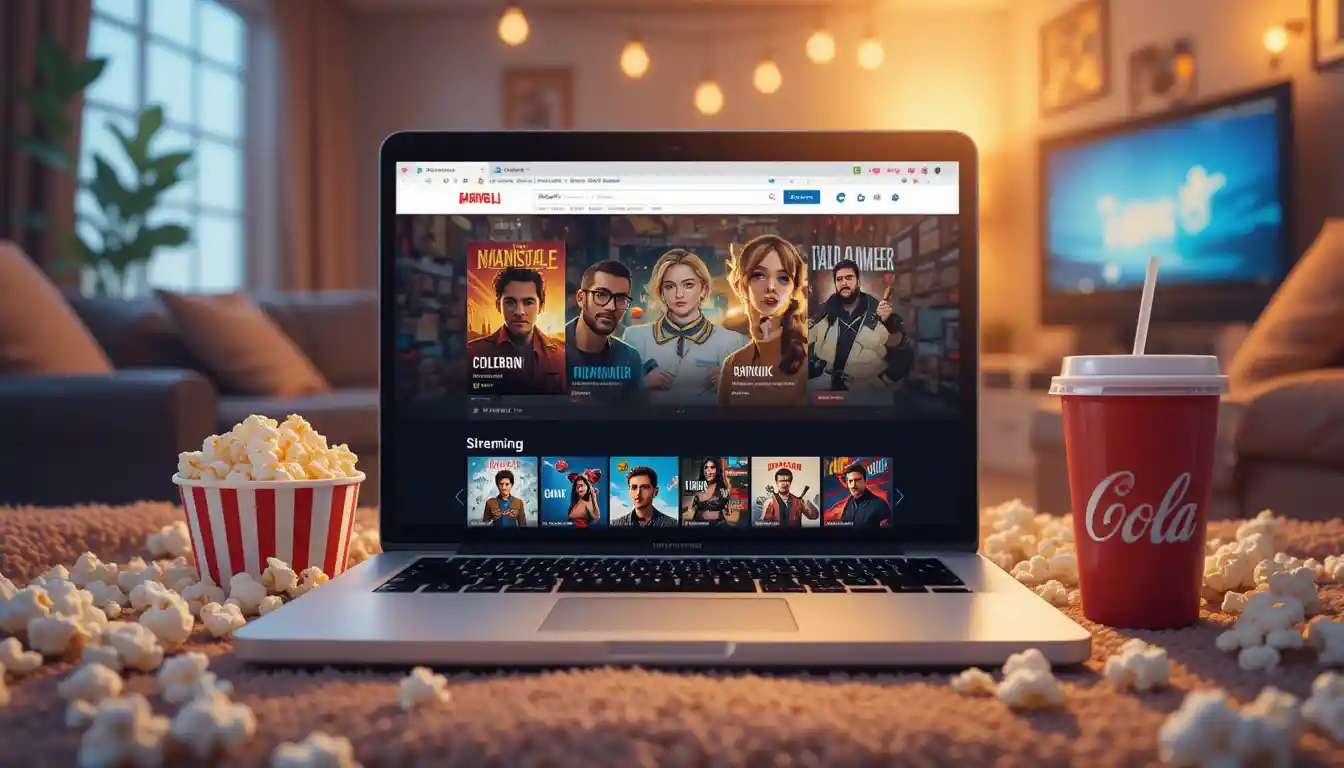The rise of social media has transformed how we interact with the world and each other. Platforms like Instagram, TikTok, YouTube, and Twitter have birthed a new kind of celebrity: the influencer. These individuals build massive followings by curating their lives, sharing their expertise, and influencing trends, purchases, and even public opinion. Yet, with great power comes great responsibility—or, in some cases, a lack thereof. Enter the phenomenon of influencers gone wild a term that encapsulates the extreme, controversial, and sometimes outright bizarre behavior some influencers engage in to maintain relevance and amass more followers.
This article delves into the pressures that drive influencers to such extremes, the ethical dilemmas involved, the darker side of viral fame, and the role audiences play in this unfolding drama. By examining these elements, we can better understand the phenomenon and consider how to foster a healthier digital environment.
The Relentless Pressure to Stand Out
In an ever-saturated digital landscape, standing out is no small feat. Influencers are in constant competition, not only with each other but also with an ever-shortening attention span among audiences. This has led to a trend of “shock content,” where influencers resort to increasingly outrageous or controversial tactics to grab the spotlight.
Stunts and Drama
From dangerous challenges to fake feuds, the internet is littered with examples of influencers pushing the boundaries of safety and ethics. Some influencers stage elaborate pranks, often at the expense of unsuspecting victims or even their own dignity, to create viral moments. For instance, a YouTuber once climbed a precarious skyscraper without safety equipment for a video—only to face severe backlash when the stunt put others in harm’s way.
The obsession with virality has also birthed a subgenre of influencers who thrive on manufactured drama. Public feuds, exaggerated breakdowns, and shock announcements are strategically timed to coincide with new content releases or brand launches. While these tactics often succeed in drawing attention, they also erode trust, making audiences increasingly skeptical.
Ethical Boundaries and Questionable Tactics
The “influencers gone wild” phenomenon often involves crossing ethical lines, whether knowingly or unknowingly. Many influencers promote products or engage in behaviors that are harmful, deceptive, or both. This can range from endorsing unregulated health products to exploiting sensitive issues for personal gain.
Promoting Dubious Products
One recurring issue in influencer culture is the promotion of questionable products. From detox teas that promise miraculous weight loss to unverified beauty treatments, some influencers prioritize financial gain over the well-being of their followers. In one infamous case, an influencer promoted a product that claimed to cure chronic illnesses but was later revealed to have no scientific backing.
Exploitation of Social Causes
The rise of social activism has also become a double-edged sword in the influencer space. While many creators use their platforms to amplify important causes, others exploit these movements for clout. Influencers have been caught staging “activist” photoshoots at protests, using charitable efforts as marketing ploys, or fabricating sob stories to solicit donations. Such actions not only harm their own reputations but also undermine the credibility of genuine efforts to drive change.
The Dark Side of Viral Fame
For some influencers, the pursuit of fame becomes an all-consuming obsession, leading to reckless and sometimes illegal behavior. Public meltdowns, confrontations with authorities, and stunts that endanger others are just some of the consequences of prioritizing views over values.
Recklessness in Pursuit of Content
Influencers often walk a fine line between bold creativity and outright recklessness. One particularly notorious example involves influencers filming themselves trespassing on private property or engaging in other illegal activities to gain views. While such antics may generate temporary buzz, they often result in legal consequences, tarnished reputations, and damaged relationships with their audiences.
Mental Health Struggles
The pressures of maintaining an online persona also take a toll on influencers’ mental health. The constant need for validation, coupled with criticism and trolling, can lead to burnout, anxiety, and depression. In some cases, this has led to public breakdowns, further fueling the “influencers gone wild” narrative. The very platforms that catapulted them to stardom often lack adequate support systems to help creators cope with these challenges.
The Role of the Audience
While it’s easy to place the blame solely on influencers, the audience plays a significant role in perpetuating the “gone wild” phenomenon. After all, influencers create content based on what garners the most engagement—and controversy is a proven engagement magnet.
Demand for Sensational Content
Audiences often reward sensationalism, whether through likes, shares, or comments. Even negative attention can boost an influencer’s visibility due to platform algorithms that prioritize engagement over substance. This creates a feedback loop in which influencers feel compelled to produce increasingly outrageous content to satisfy their followers.
Holding Influencers Accountable
On the flip side, audiences have also become more discerning and vocal about holding influencers accountable. The rise of “cancel culture” has made it clear that audiences are willing to withdraw support from influencers who cross certain lines. While this accountability is necessary, it can also spiral into toxic online behavior, with some influencers facing disproportionate backlash for relatively minor missteps.
Platforms and Policies: A Need for Change
Social media platforms bear significant responsibility for the “influencers gone wild” phenomenon. Their algorithms often reward extreme behavior, and their policies on content moderation are frequently criticized for being inconsistent or inadequate.
Algorithmic Incentives
The algorithms that power platforms like TikTok and Instagram are designed to maximize engagement, often at the expense of quality or ethics. This means that polarizing or shocking content is more likely to go viral, incentivizing influencers to prioritize views over values. Platforms must take steps to adjust these algorithms to promote more responsible content.
Content Moderation
While platforms have introduced measures to address harmful content, enforcement remains a challenge. Clearer guidelines and stricter enforcement are needed to curb the spread of unethical or dangerous content. Additionally, platforms could provide better support systems for creators, such as mental health resources and education on ethical content creation.
The Path Forward: Lessons for a Better Digital Ecosystem
While the “influencers gone wild” trend highlights the excesses of the influencer economy, it also offers valuable lessons for creators, platforms, and audiences alike. By addressing the root causes of this behavior, we can work toward a healthier and more sustainable digital ecosystem.
For Influencers
Authenticity and long-term trust are far more valuable than short-term virality. Creators must prioritize transparency, ethical behavior, and meaningful connections with their audiences. Building a loyal following based on trust, rather than shock value, is the key to enduring success.
For Platforms
Social media companies must take a more active role in shaping the digital landscape. This includes refining algorithms to prioritize responsible content, implementing stricter moderation policies, and offering resources to help creators navigate the pressures of the industry.
For Audiences
As consumers of content, audiences hold significant power. By supporting creators who uphold ethical standards and rejecting those who exploit or harm others, viewers can help shape the influencer economy in a positive direction. It’s also essential to approach content critically, verifying claims and calling out unethical behavior when necessary.
Conclusion
The phenomenon of “influencers gone wild is a symptom of a larger cultural shift driven by the rise of social media. While it highlights the pitfalls of an industry built on attention and validation, it also underscores the potential for growth and positive change. By fostering a culture of authenticity, accountability, and ethical behavior, we can ensure that the influencer economy evolves into a force for good rather than a breeding ground for controversy.







